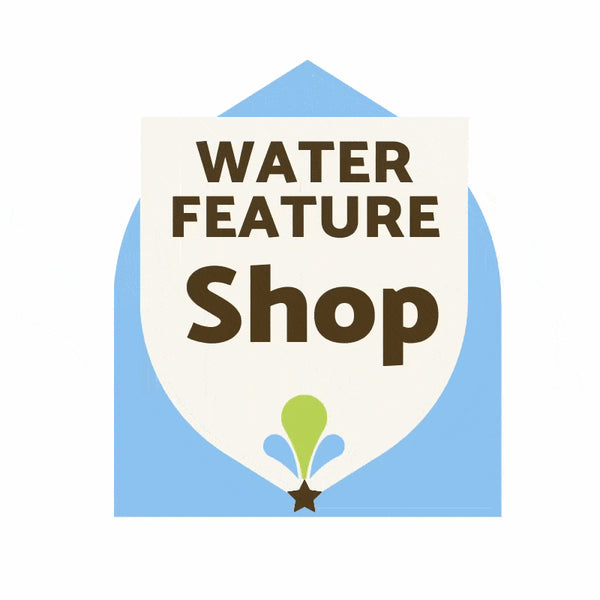💡 What Pond Liner Do I Recommend? (After 35 Years of Building Ponds in the UK)
Why Your Pond Liner Matters More Than You Think
If one decision can make or break your pond, it’s the liner. As The Pond Advisor, I’ve seen far too many ponds fail, not due to poor design or planting, but because the wrong liner was chosen to save a few pounds. It's essential to recognise that your pond liner choice may only last a season or 12 months in real-world conditions, contrary to the lifetime guarantee often advertised without caveats. Some of my friends and family have built ponds using liners that I do not recommend, and they have been satisfied with the short-term results. Enjoying the pond is key, as well as understanding that the waterproofing material needs protecting so the pond doesn't lose water.
Whether you’re building a small wildlife haven or a large ecosystem pond, the liner is the foundation. Get it right and enjoy a beautiful, low-maintenance water feature for decades. Get it wrong… and you might be re-digging it next year.
The Most Common Liner Options in the UK
There are three main categories of pond liners used in UK gardens:
🟢 EPDM Rubber Liner (I)
✔️ Flexible and easy to shape
✔️ Fish and wildlife safe
✔️ UV and weather resistant
✔️ 20+ year lifespan (often longer)
✔️ Easy to patch if ever damaged
I choose to use my EPDM pond liner in nearly all my projects because it performs year after year, regardless of the weather or shape. If I can't choose, how can I recommend the right liner for you?
🎥 Watch this video:
What Pond Liner Do I Recommend? – YouTube
🟡 PVC Liner
- ❌ More brittle and less flexible
- ❌ Shorter lifespan (5–10 years max)
- ❌ Can crack in cold weather
- ❌ Cheaper upfront, but more expensive long-term
PVC may be tempting for small decorative ponds, but I rarely recommend it—it simply doesn’t last in real-world conditions.
🔵 Preformed Plastic or Fibreglass Ponds
-
✔️ Good for container ponds or pot ponds
-
❌ Very limited in size and shape
-
❌ Difficult to blend naturally into the garden
-
❌ Can crack or warp over time
These are fine for quick installations on patios or decks, but they're not the best choice if you want a natural look.
What Thickness Pond Liner Should You Choose?
For most garden ponds, a 1.0mm EPDM liner is ideal. It’s:
-
Thick enough to resist damage
-
Still flexible for folds and curves
-
Easy to handle during installation
If you're building a deeper koi pond or a prominent ecosystem feature, a thicker option might be worth considering. We’re happy to advise on this.
Don’t Forget the Underlay!
Think of underlay and overlay as insurance for your liner. It protects against:
-
Sharp stones and roots
-
Uneven ground pressure
-
Wear over time
- Pets or people
We offer heavy-duty geotextile underlay that pairs perfectly with our EPDM liners. Never install a liner without it—it’s not worth the risk.
👉 Explore Pond Liner & Underlay Options:
View Collection
In 35+ years, I’ve tried every pond liner available. That’s why I now stick with what works. This isn’t about selling—it’s about preventing you from digging twice.
If you want peace of mind, use EPDM liner and the proper underlay. I’ve trusted them in hundreds of successful pond and water feature installs.
Take the Next Step
🎯 Shop the Liner & Underlay Collection
🎥 Watch More on YouTube
📞 Need tailored advice? Contact our Pond Advisors.
📍 Visit our Water Feature Gardens in Northamptonshire and see our ponds in action.

